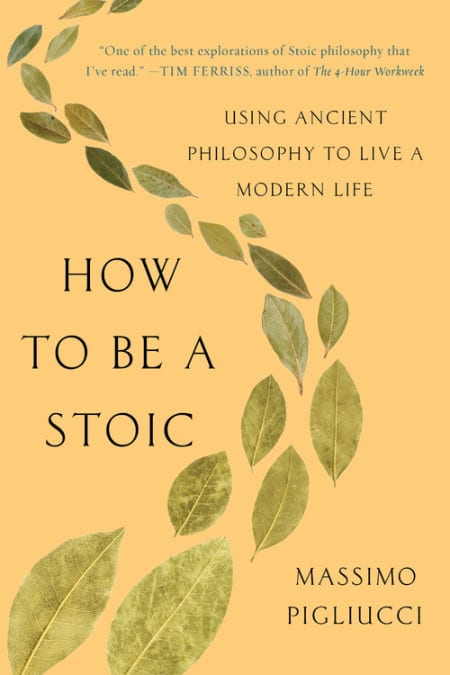


Pigliucci neatly ties ideas and people together, from Plato to Hume, firmly setting Stoicism in context so that readers learn more than a siloed philosophical view for example, he sets out six core virtues as articulated in six world religions and three Greek philosophers. It makes the reader suspect an editor suggested the introduction of this conceit to make the book more light-hearted and appealing, but it is a clumsy attempt and should have been either removed or the whole book altered to be less in depth and academic, and instead a humorous read.ĭespite this flaw in style, 'How to be a Stoic' still has plenty to offer. This attempt at jocularity – Epictetus also often called me 'slave' or 'boy' which…I find both endearing and fundamentally unobjectionable - is jarring against the serious, dense paragraphs Pigliucci employs.

The whole narrative is composed as if the author is in conversation with Epictetus, the Greek Stoic, walking around Athens with him as they discuss philosophy. Unfortunately, while the content of 'How to be a Stoic' is compelling, I found the the style in which Pigliucci has written the book off putting. Pigliucci certainly makes Stoicism an appealing philosophy, one which can sit alongside religious faith but doesn't have to, one which doesn't demand Aristotelian heights of intelligence, beauty or riches in order to truly succeed in life, and one which recognises life's messy difficulties.

For many readers, living in an age of rules to make us happy and the inevitable failure to stick to them, this is an intensely reassuring sentence. Stoicism is about developing the tools to deal as effectively as humanly possible with the ensuing conflicts, does not demand perfection, and does not provide specific answers. Summary: Applying Stoic principles to modern life.


 0 kommentar(er)
0 kommentar(er)
